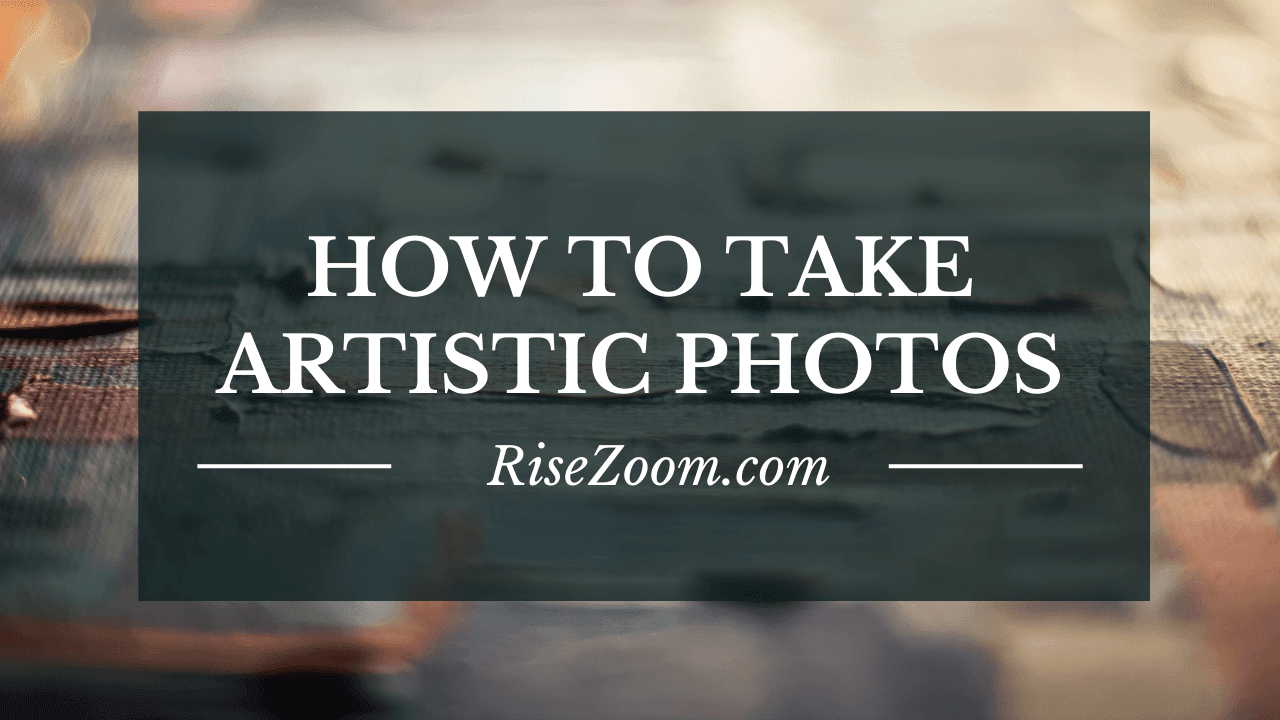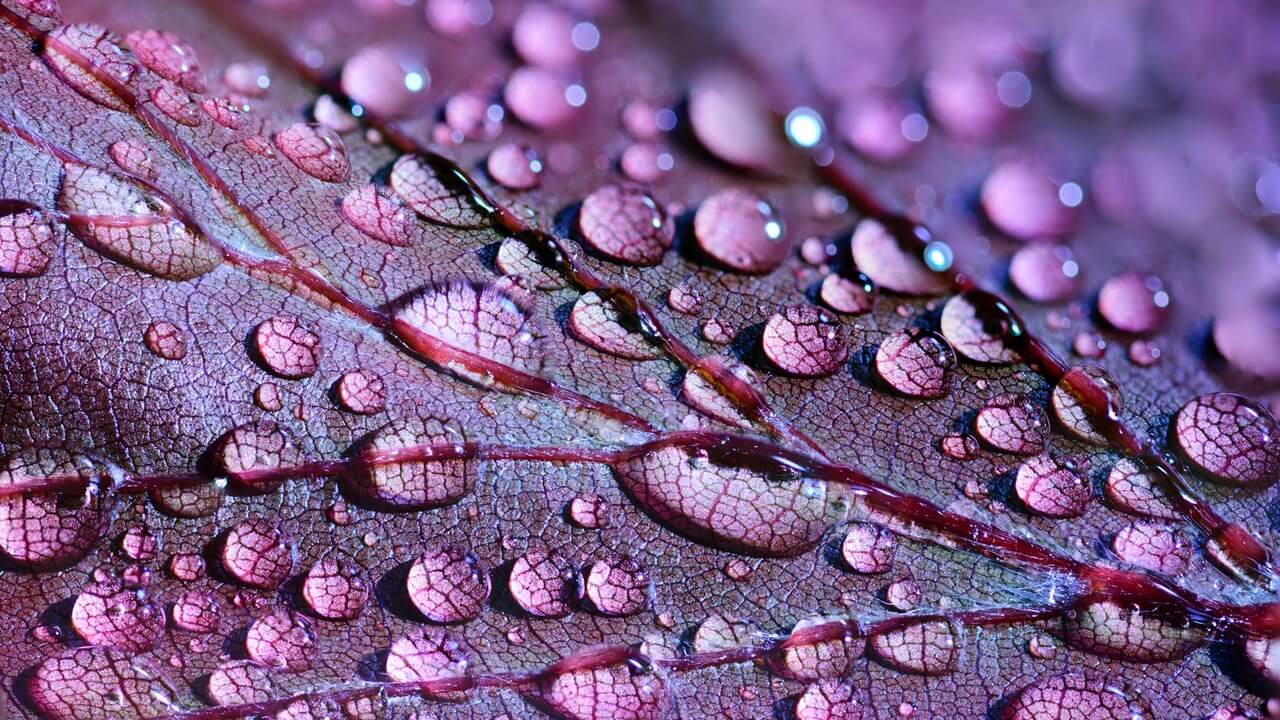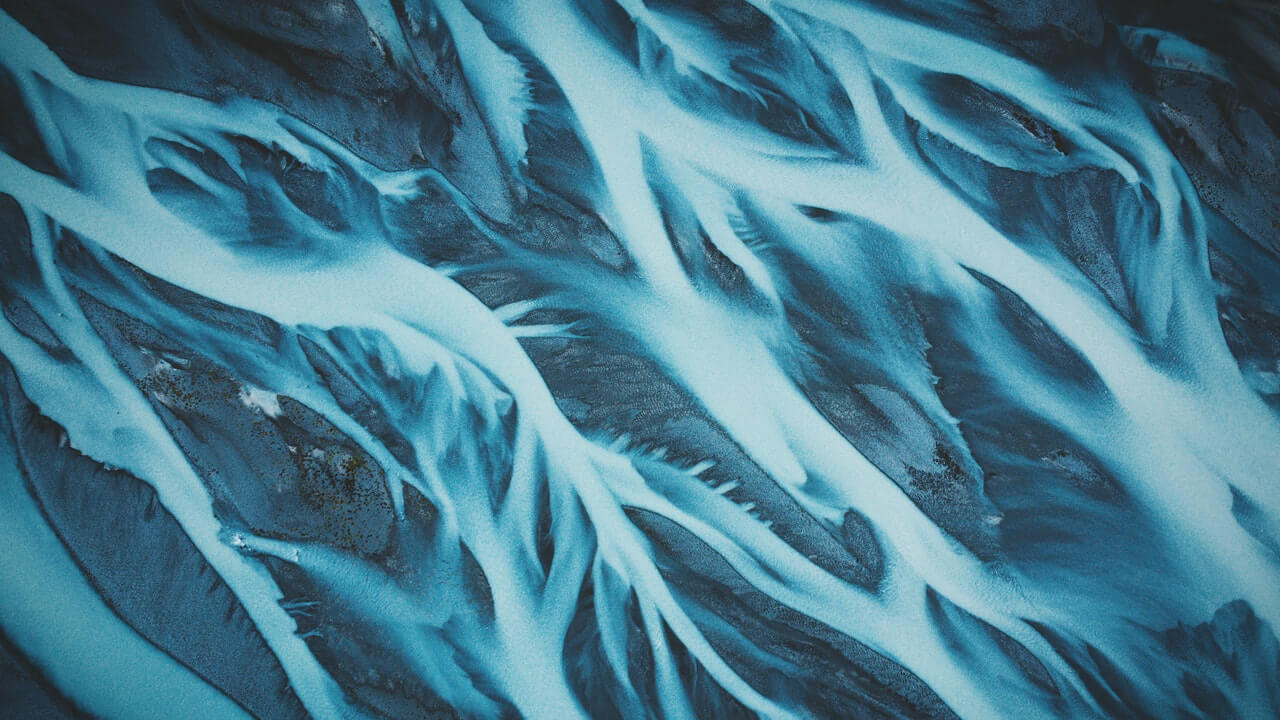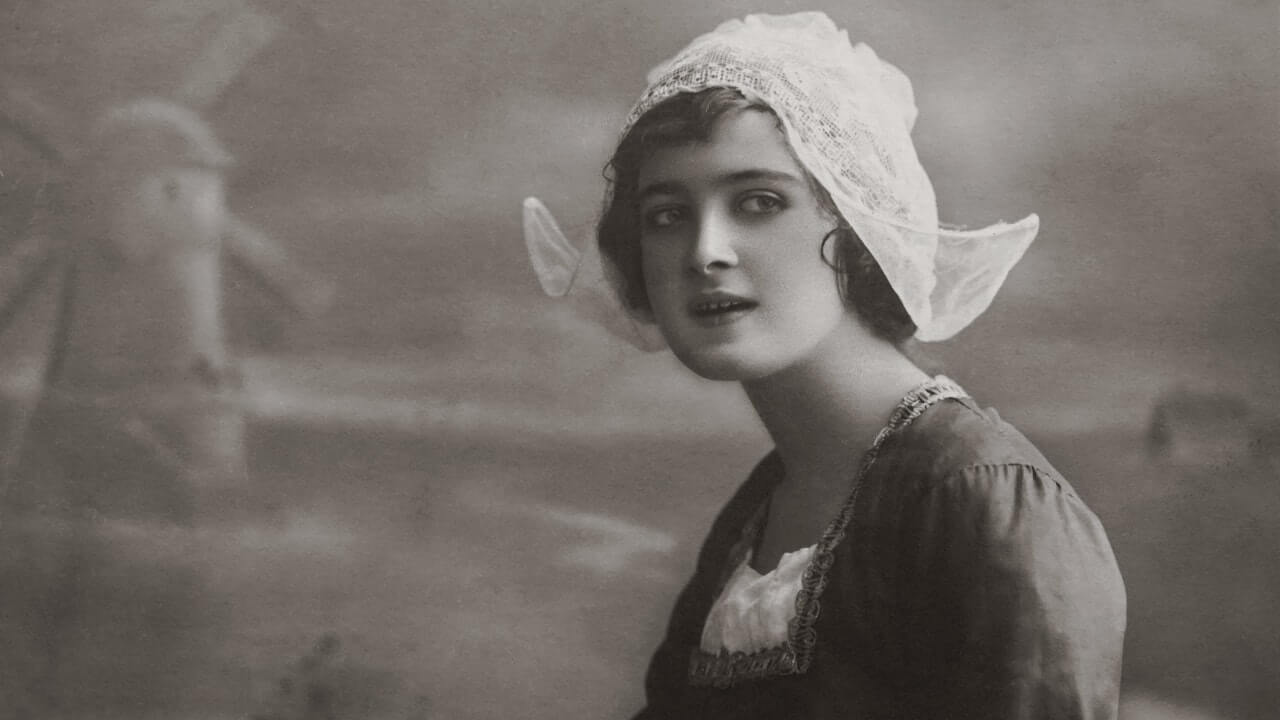Artistic photography aims to convey concepts, feelings and emotions.
There is an intention on the part of the author to communicate and invite reflection on a certain topic that aims to impact the senses and confer meanings that transcend beyond everyday life.However, to do fine art photography it is necessary to have a certain command over composition, technique and time.
Through artistic photography, it is possible to narrate a situation, explore a historical context, expose a new aesthetic, innovate the technique or present another view of reality.
See also: Everyone Can Do Portrait Photography : Tips For Beginners
According to these concepts, what aspects should we consider to make artistic photographs? Let us pay attention to the following recommendations:
How To Take Artistic Photos: The Expression Between Techniques And Aesthetics (Artistic Photography)
HOW TO TAKE ARTISTIC PHOTOGRAPHS?
The main purpose of artistic photography is to convey the intention of the author who, from his work, can question, reflect, criticize or simply express his point of view.
To be successful in an artistic photography project, it is necessary to start from an idea, a concept that will ultimately guide the entire process of planning, production and photographic post-production.
Here are the steps:
STEPS TO TAKE ARTISTIC PHOTOGRAPHY
1. DEFINE THE CONCEPT
Once we have a clear idea or concept that we want to work on, it will be much easier to think about the form and other details to present it to the public.
But, where do we get a good idea? How will we come up with it? Ideas can arise after reading a book, watching a movie, appreciating a work of art, returning from a trip or sharing a talk, among other activities.
The important thing is to establish a theme, think about what we want to say and how we are going to express it.
2. CHOOSE THE LOCATION
The space in which we are going to carry out the photographic production is very important, because it serves as a setting for the scene we are trying to portray.
When we are going to choose a location for our shooting, we must take into account whether it is an indoor or outdoor space, what are the light conditions like? What additional elements to the camera and lights are we going to need?
How long do we estimate the photographic production will take? Will we play with the furniture and the decoration of the place? or should we include props?
Thus, all these details must be considered, so that the final result is what we expect.
3. CASTING OF MODELS
Another fundamental aspect when we are going to do artistic photography is to establish from the beginning if we are going to need models that represent our concept or if, on the contrary, the props will suffice.
If our artistic photography requires a model, it is best to first do a casting that allows us to know in advance how the model records in front of the camera and if it meets the expectations of what we are looking for.
4. TECHNICAL TEAM
In general, when we are going to do artistic photography, especially if the shots are indoors, we must include at least three lights: a front light, a side light and a backlight, to highlight the characteristics of the subjects or objects and additionally be able to play with volumes and contrasts.
If the photographic production is to be carried out outdoors, we can take advantage of natural light and soften the shadows that are generated with white, silver or gold umbrellas that act as diffusers against the light.
If the shots are at night, the most convenient thing is to use a tripod that ensures stability and prevents the photos from being blurred.
We can also use flash, lenses, and filters to help us produce interesting effects. The lenses can have focal length lenses from 18mm to 55mm or from 55mm to 200mm.
Likewise, it is possible to work with a fixed focal length lens such as the 50mm f / 1.4, everything will depend on the elements of the composition that we are going to photograph and if we are in an open or closed space.
See also: Tips On How To Make Light And Shadow Photography
5. ART DIRECTION
Each element within the frame and the composition communicates, so it is important that the model's wardrobe, the decoration of the place, the furniture, objects and other elements that participate in the scene are in order, representing the time, environment or context.
6. PLAY WITH PERSPECTIVES AND ANGLES
When taking the shot, remember to play with the planes, angles and perspectives so that later in the post-production process, you will have several images and have to choose from.
Although we know that the planes and especially the angles have a certain meaning, here the priority is the intention and the concept that we seek to convey.
For this reason, as it is our work, we are free to create and experiment without conditions of any kind, but let's not forget the technique!
7. IMAGE SELECTION AND EDITING
Once we have finished with the production of the artistic photography we can begin to observe carefully photo by photo to select the best shots that meet the desired technical, compositional and artistic quality.
After having made the selection of the best images we can retouch some of them in Photoshop to highlight colors, optimize the contrast or adjust the framing or composition.
See also: Discover What is the Dutch Angle Photography and How and When to Use It
ART PHOTOGRAPHY: LIGHT AND COMPOSITION AT THE SERVICE OF THE AUTHOR
Now that we know the steps to do fine art photography, this guide can make pre-production, production, and post-production work a little easier for us.
These guidelines help us to visualize the idea, plan it, translate it into a sketch if you want and later execute it following an order or structure in which nothing is missing or above.
In conclusion, as it is such a personal and intimate project whose purpose is to convey a feeling, emotion or sensation, the content will be subject only to the author.
However, the form, that is, the technique, will reveal creativity and skill; as well as the play of lights, the composition, the planes and the angles will be other elements that will be at the service of the artist or author.
And have you participated in an artistic photography project? Share your experience with us!






No comments
Post a Comment